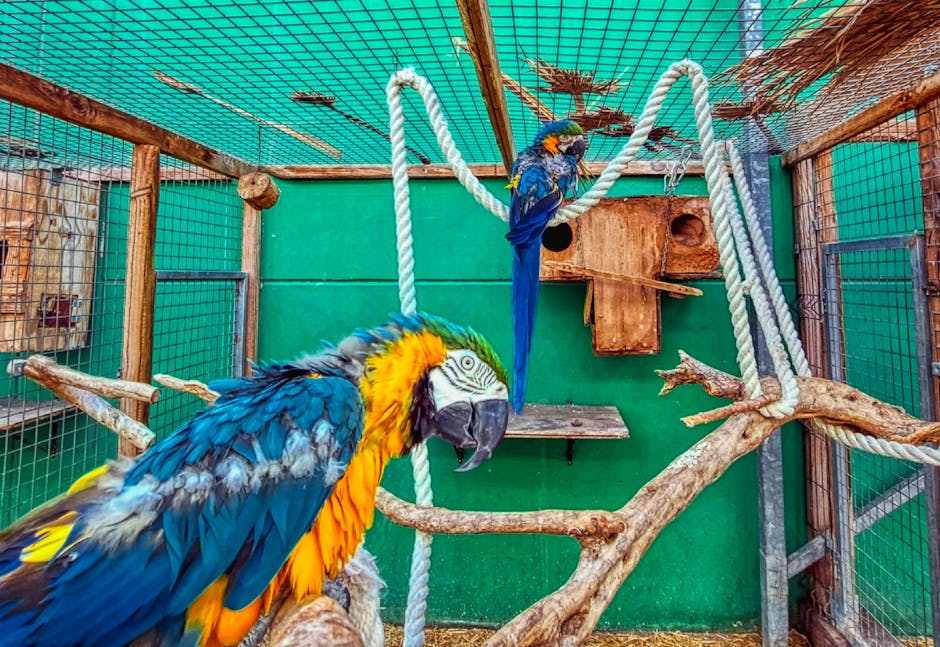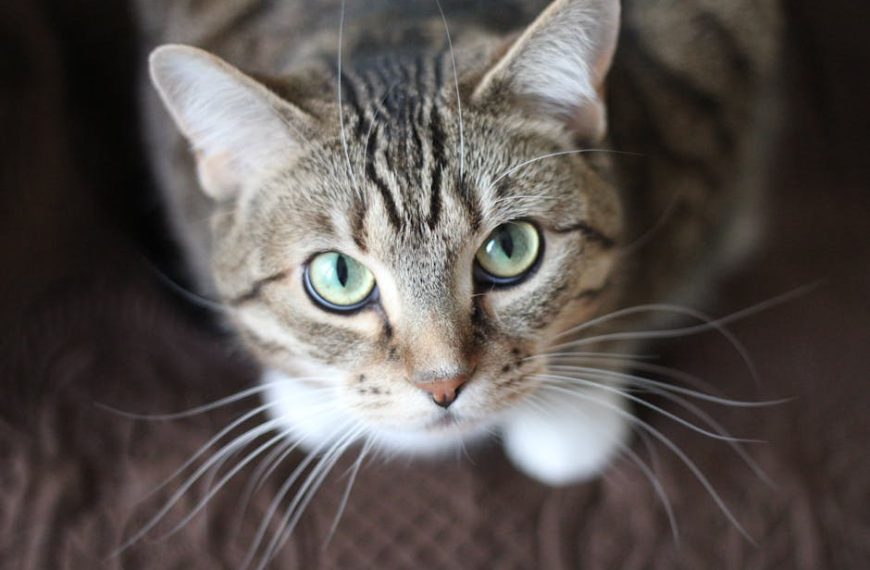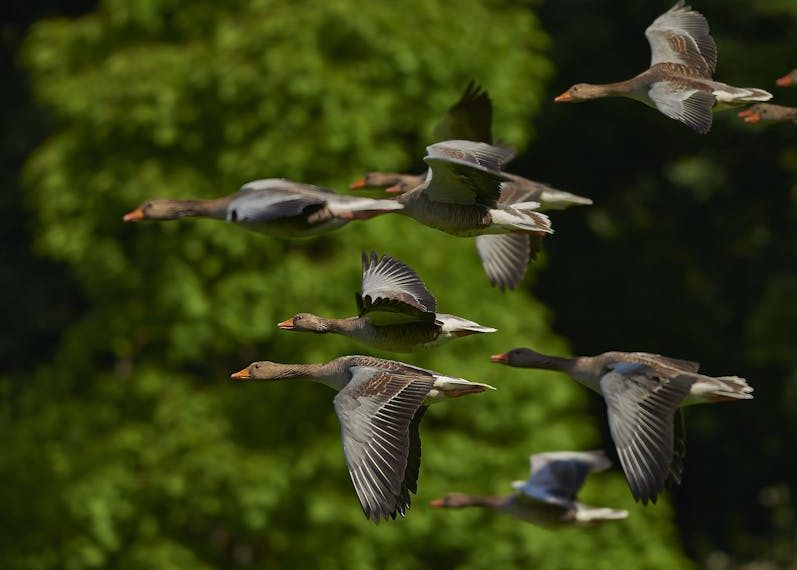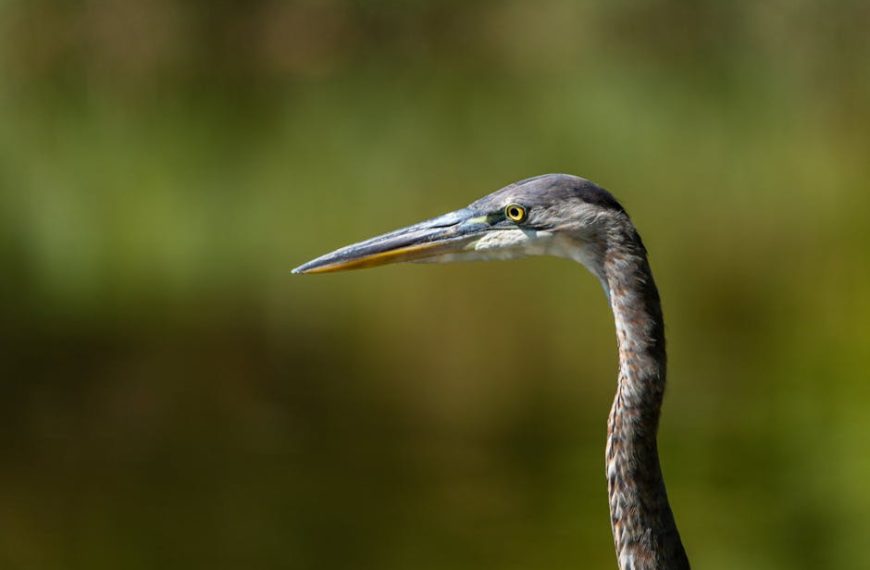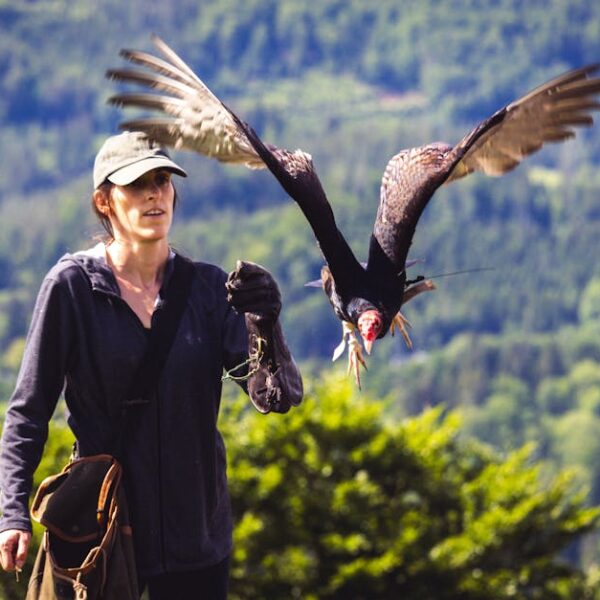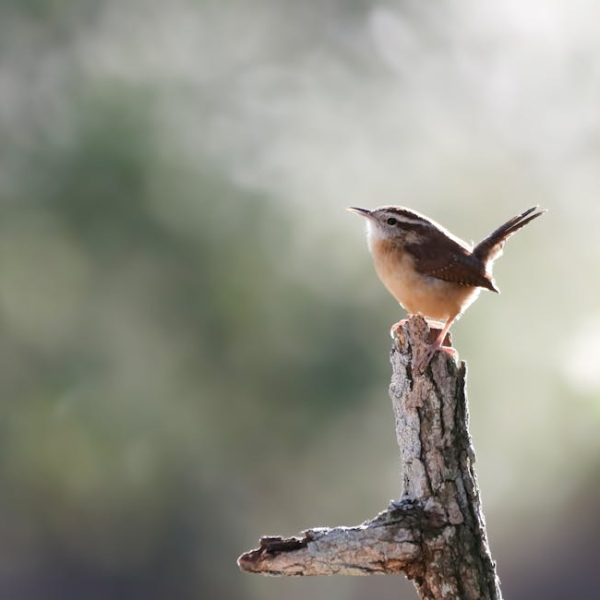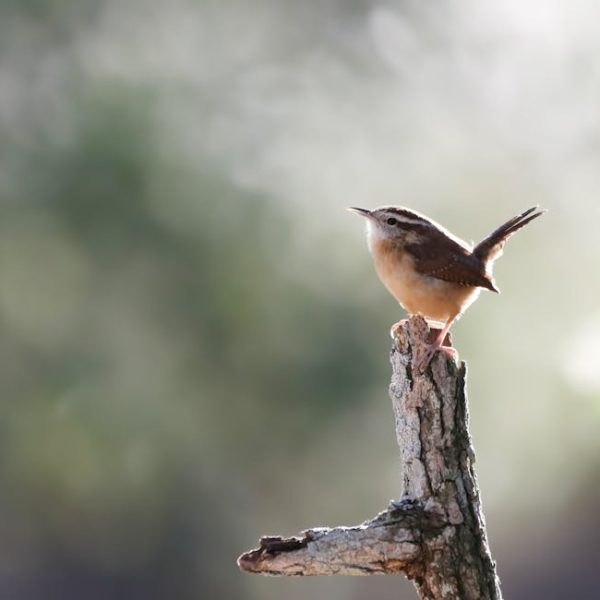From the exotic parrots of South America to the majestic eagles of North America, birds add a vibrant splash of color and a captivating variety of sounds to our world. However, when it comes to containing these creatures within the confines of a zoo, one of the most critical questions that arise is how zoos manage to prevent these birds from simply flying away. To answer this, we delve into a multi-faceted approach that starts from understanding bird behavior and physiology and extends into enclosure design, wing clipping, training, conditioning, and the clever use of technology.
Diving into Bird Behavior and Physiology
All birds might have wings, but not all are master aviators. Among the vast range of bird species in zoos, many are not avid fliers. The flight capacity amongst birds varies, with heavy, large birds like ostriches and penguins being flightless, while others like sparrows and starlings are prolific fliers. Zoos have birds of all kinds – some that fly high and far, others that flutter about and still those that prefer to stay grounded. Based on their flight habits and physiological characteristics, different containment methods are chosen.
Birds, especially those in captivity, exhibit different behaviors than their wild counterparts. Disease, stress, and adaptation to enclosed spaces can alter even their innate behaviors. When designing containment practices, understanding birds’ biology and behavior is the fundamental guiding principle.
Pro Tip: Detailed knowledge of a bird’s behavior and physiology can be monumental in creating more effective and responsive enclosure designs.
Aviary Design: Built to Contain, Meant to Engage
Bird enclosures in zoos, better known as aviaries, are more than just cages. They are strategic structures designed not only to prevent birds from escaping but also to offer a stimulating and safe living space. From net ceilings to enclosed aviaries, the design elements aim to replicate natural environments.
Crafting a suitable aviary involves significant considerations, including:
- Strategically designed feeding areas
- Nesting sites
- Swimming pools for water birds
- Perching branches
- Sheltering spots
Best Practice: Designing bird enclosures that closely mimic their natural habitats significantly contributes to promoting happier and healthier lives for captive birds.
The Fine Art of Wing Clipping
Wing-clipping is not uncommon in maintaining bird populations in zoos. This practice involves trimming the bird’s primary feathers, thereby limiting their flight without causing physical harm.
While it serves as a preventative measure against escape, it has its fair share of controversy. Critics argue that it might impact a bird’s mental health and natural instincts; however, zoologists argue that it is a non-permanent, safe method that can be beneficial when used under professional supervision.
Pro Tip: Wing clipping should always be executed by a professional. While it is a reversible procedure, it should be done responsibly without jeopardizing a bird’s health and well-being.
As we continue to explore, we delve into training birds in captivity and the use of technology that aids in bird containment.
Training and Conditioning: Shapes Behavior
A keen understanding of a bird’s behaviour can be utilized to condition them, promoting their adaptation to a confined environment. Some zoos use training sessions and positive reinforcement as behavioral conditioning strategies, which encourage birds to return or stay within their enclosures voluntarily. Such techniques can be operated via food rewards or through social interactions.
Key behavioral training techniques include:
- Counter conditioning
- Desensitization
- Flight recall training
- Target training
Best Practice: Personnel involved in bird training should be highly trained professionals. Effective training is not just about managing the birds but also ensuring their safety, health, and emotional wellbeing.
Invisible Barriers and Tech: Humane Solution
In the modern world, technology has found its way into the realm of bird management in zoos. Invisible barriers, like UV-visible lights and sound waves, are being used as deterrents for birds. These technologies create an uncomfortable frequency for birds, guiding them away while not causing any harm. They’re a less invasive solution and provide a better quality of life for captive birds.
Let’s see how this method stands up against traditional physical barriers:
| Methods | Traditional physical barriers | Invisible barriers |
|---|---|---|
| Benefits | Proven technique, low-tech, easily implementable | Less invasive, more humane, cleaner visual appeal |
| Drawbacks | Can be restrictive, may add stress to birds, visually unappealing | Relatively new, requires investment, efficiency under study |
Pro Tip: Incorporating advanced technologies like invisible barriers offers a higher level of bird management and humane treatment. It provides a better quality of life for birds in captivity without compromising on containment efficacy.
As we explore the riches of nature and the myriad colorful avian life, it’s important to ensure their safety, health, and welfare in captivity. Zoos play a significant role in educating society about our environment while preserving endangered species. Ensuring their enclosures accommodate their needs and inherent behaviors is one of the most crucial responsibilities zoos undertake.
Key Takeaway:
- Comprehending bird behavior and physiology is pivotal in designing effective enclosures which are responsive to their needs.
- Aviaries and bird enclosures are thoughtfully designed to both prevent escape and offer stimulating and safe living spaces for birds.
- Wing clipping is a common, but contentious, practice that is used to prevent birds from escaping. However, when it is executed under professional supervision it is safe and non-permanent.
- Training and behavioral conditioning play a key role in managing birds and preventing escape, with techniques such as positive reinforcement effectively encouraging birds to stay within enclosures.
- The use of technology, including invisible barriers using sound and light waves, offers a more humane method for preventing escape while improving the quality of life for captive birds.
Rest assured, zoos work tirelessly to ensure the safety, health, and happiness of their birds. From understanding specific bird behaviors, designing suitable enclosures, to employing advanced technologies, every step is taken with the utmost care. It’s not just about containing these vibrant creatures, but also about ensuring they lead fulfilled lives in captivity.
FAQs
Q: How is bird behavior utilized in designing their enclosures?
A: Decisions about enclosure design are heavily influenced by the specific behaviors and flight habits of different bird species. Understanding these factors helps design a space where birds can behave as naturally as possible while still being safely contained.
Q: Are there any ethical concerns regarding wing clipping?
A: Yes, there are arguments that wing clipping may impact a bird’s mental health and disrupt its natural instincts. That’s why zoos only use this method under professional supervision ensuring it causes no harm to the birds.
Q: How are birds trained and conditioned?
A: Birds can be trained using positive reinforcement techniques such as food rewards or social interactions. This helps them adapt to the enclosed environment and encourages them to stay within their enclosures.
Q: What are invisible barriers and how do they work?
A: Invisible barriers use technologies such as UV-visible lights and sound waves that are uncomfortable to birds, effectively deterring them from certain areas without causing any harm.
Q: How are zoos ensuring the well-being of birds in captivity?
A: Zoos create enclosures that mimic the birds’ natural habitats, use safe and reversible containment techniques like wing-clipping, conduct training programs, and implement advanced technologies to ensure a good quality of life for birds in captivity.
Please feel free to share this article or explore other posts on our website for more insights into the magnificent world of animal life.
